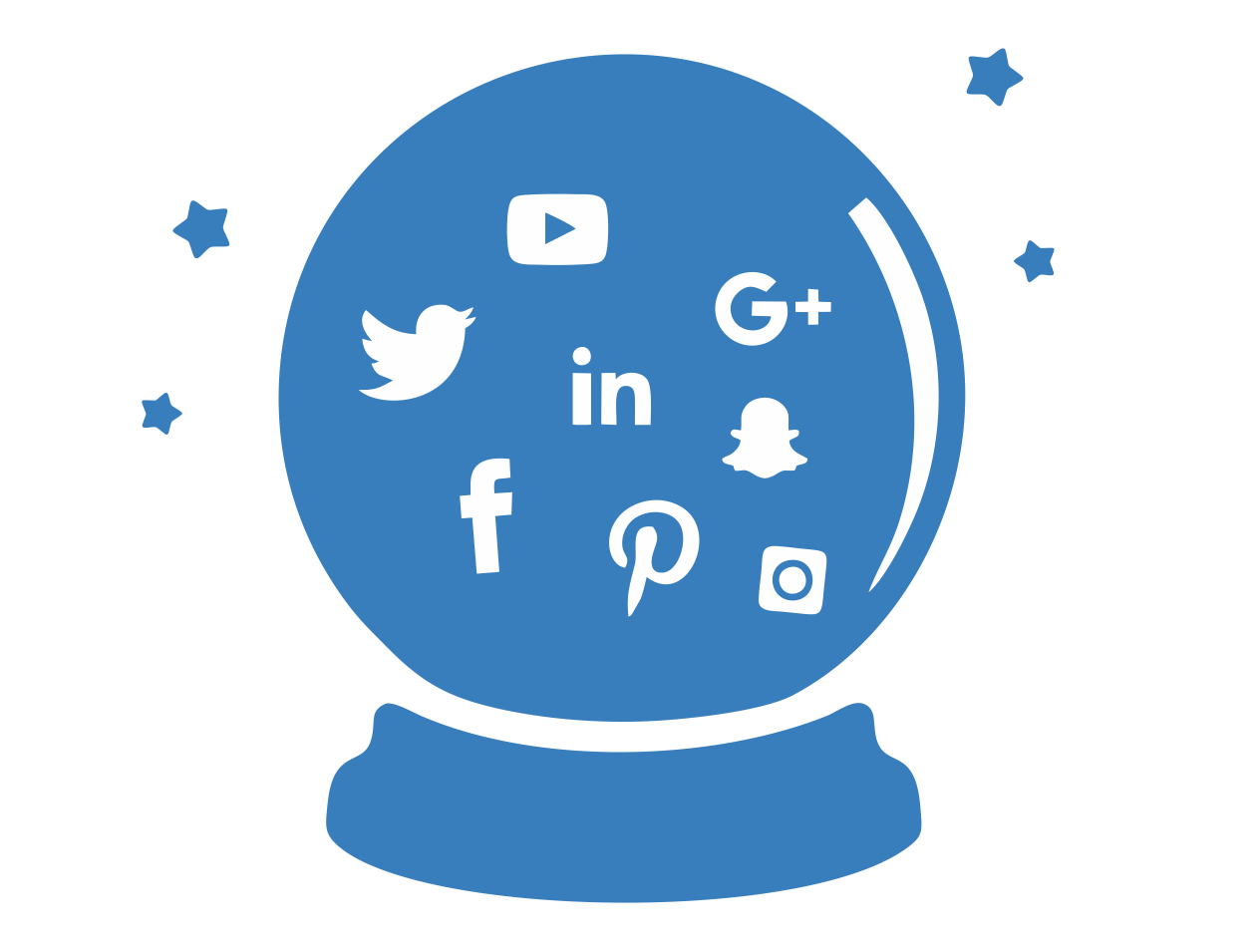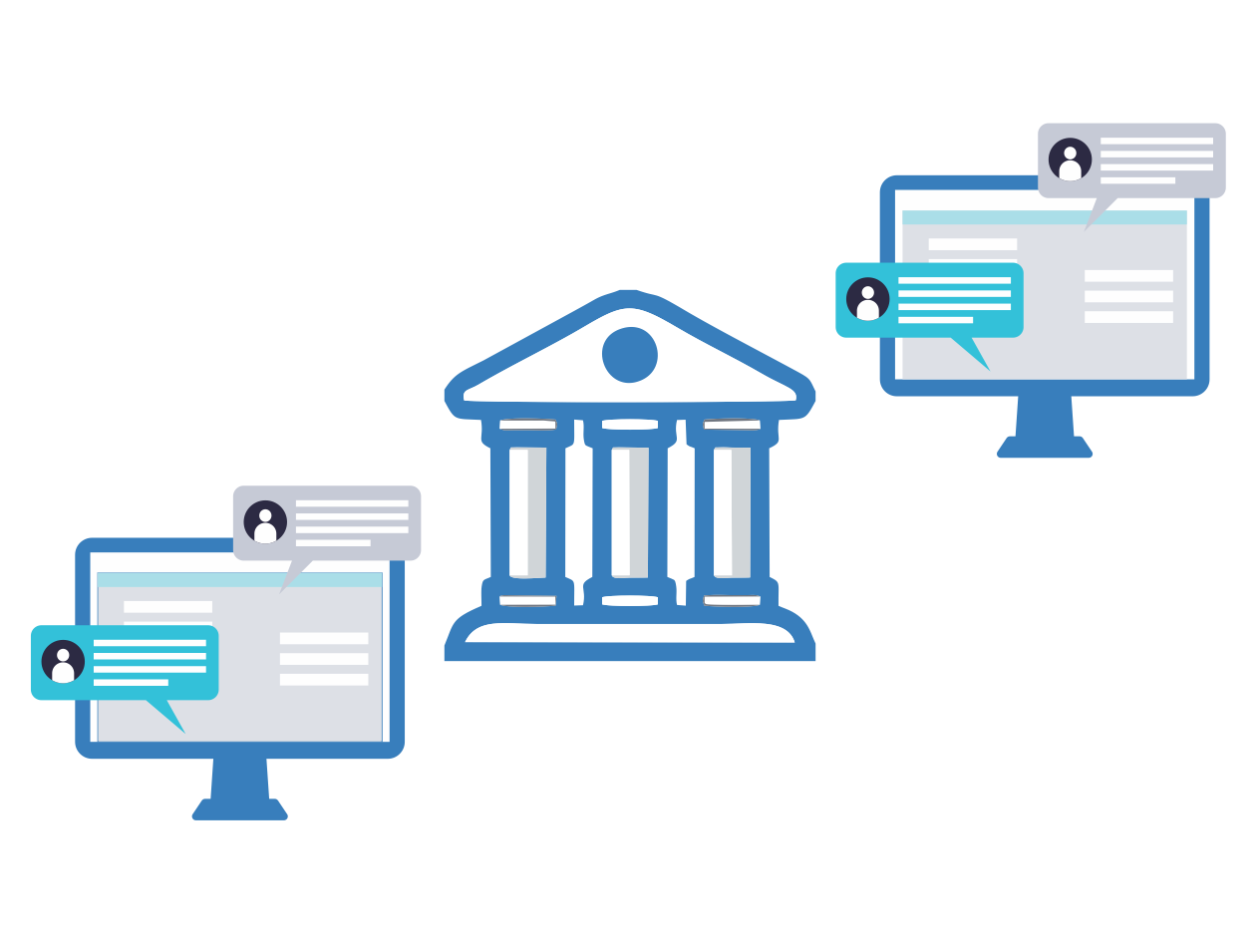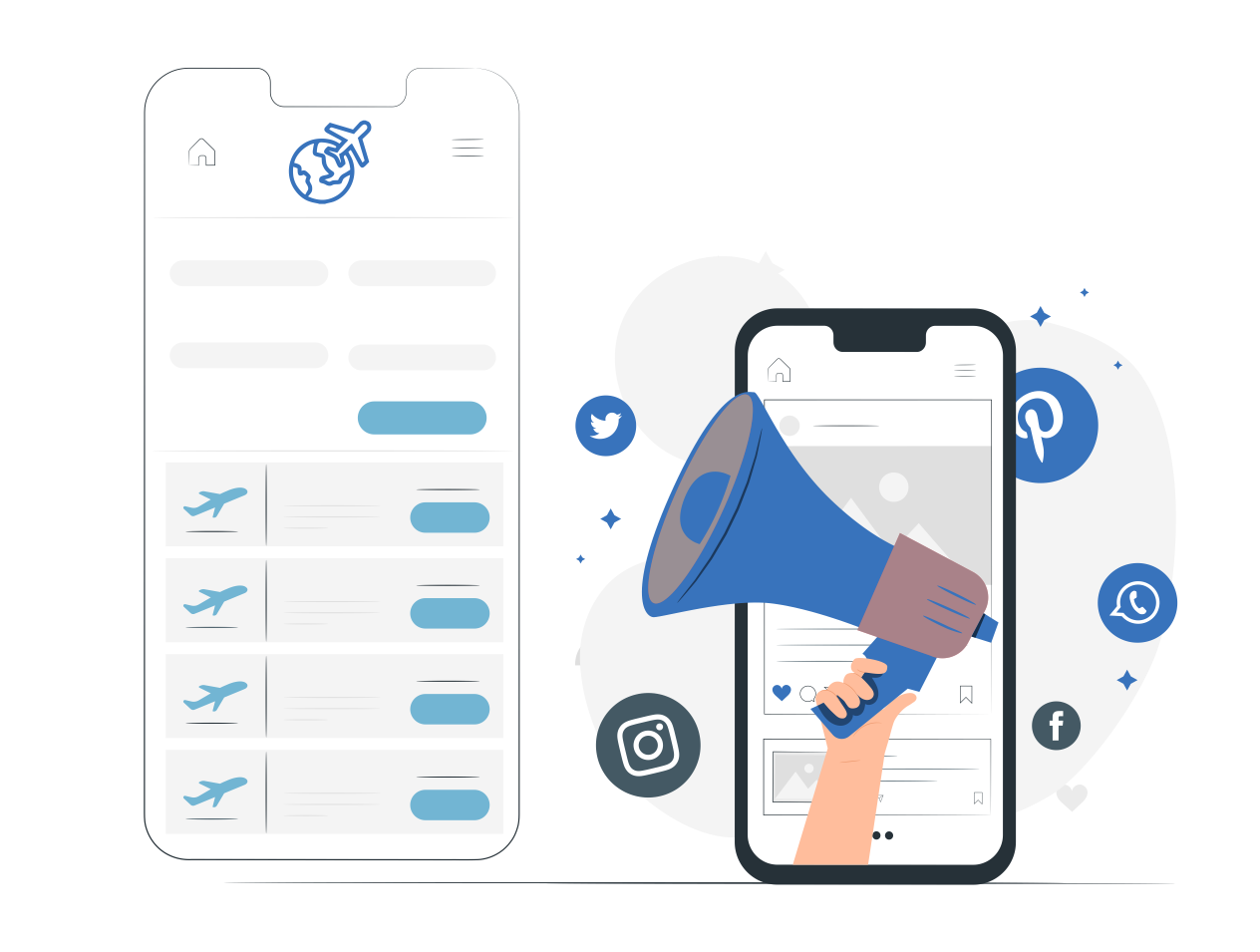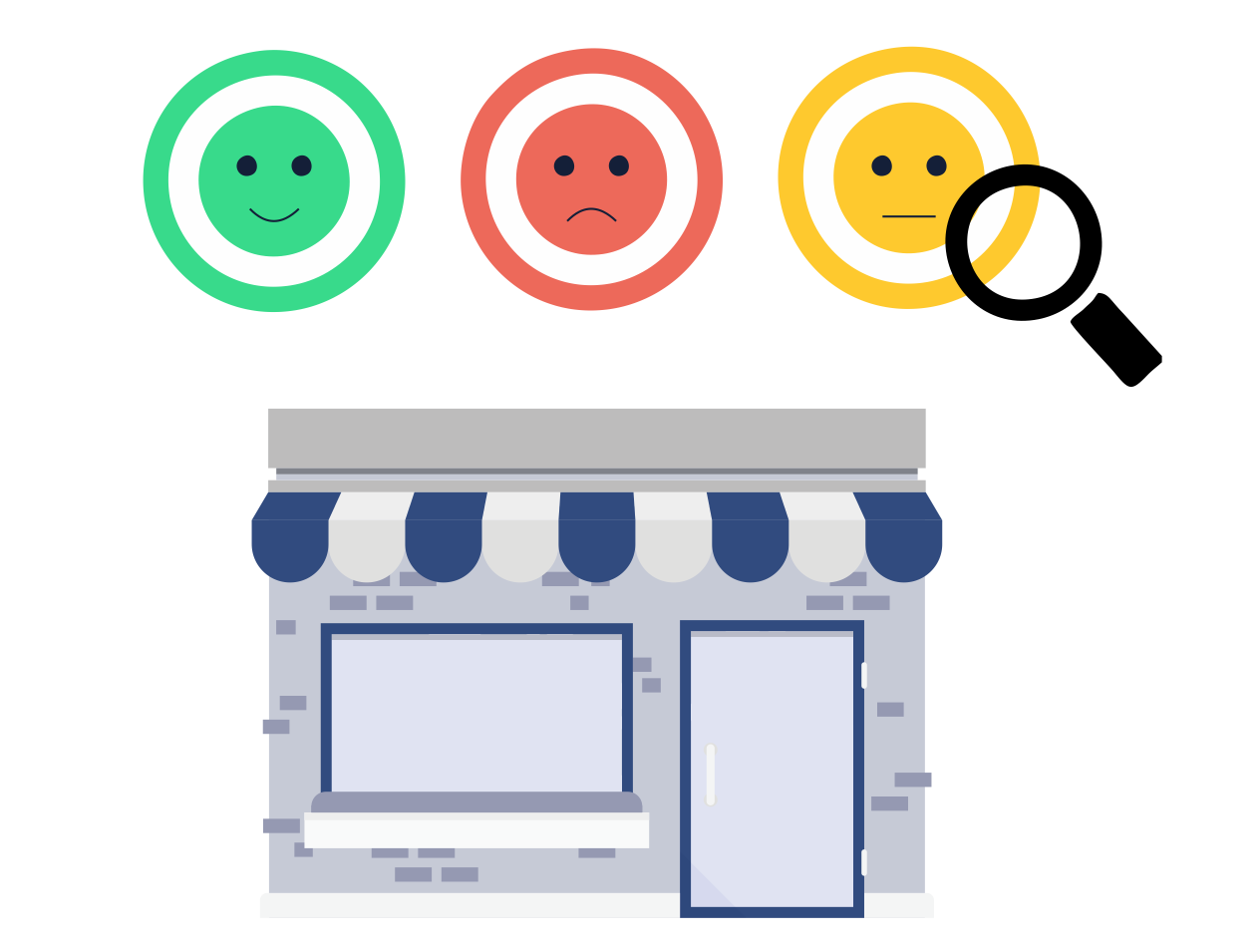Social Media allow users to create, publish and share digital content. Overtime, specific platforms have evolved for specific activities – Tiktok and YouTube for video content, Instagram & Pinterest for visual content etc. Since there are diverse people sharing their opinion, likes, dislikes and experiences on social media, there is an aggregation of different viewpoints. It is worthwhile to note that social media viewpoints have a shelf life – as viewpoints may change over time. And this provides us with another opportunity – to study the propagation of viewpoints and identify people/organizations that make them popular.
If the right data is being collected at the right time, the social media data can provide useful insights and predictions. Such predictions are useful across business functions – marketing, sales, after sales service etc. Some industries have more intuitive applications of social media e.g. Hospitality, Media, Governance. However, if done right, social media predictions are useful for all businesses.
Social Networks
Let us refresh our understanding of Social Networks.
A structure comprising of people or organizations, usually represented as nodes, together with the relation between them – represented through the link between nodes. The relation between nodes could be explicit e.g. classmates, employees of a company or implicit e.g. interest for NBA, brand advocacy for iPhone. Below is a generic representation of a social network:
A social network is scale free and the degree of distribution follow power law. Social networks on social media platforms are created to share and discuss user generated content.
Social as a Media Channel
Social Media differs from traditional media in many ways:
1. Anyone can publish content at a minimum cost
2. Provides opportunities for two way communication between brands and customers
3. Opportunities for word-of-mouth promotions and instant feedback on shared content
4. Different social platforms offer different opportunities e.g. LinkedIn for business communications, Blogs for descriptive, information dissemination based content, Twitter for quick updates and so on
Social Media and Predictive Analytics
Even today, humans are better at interpreting social content compared to machines. That is not to say we haven’t made progress. Within the last decade, we have been able to look at text data far beyond simple sentiment analysis. Image & Video based content can now be processed through machine learning algorithms to generate insights that are very useful for business – and would not be humanly possible. We discuss some of the use cases of predictive analytics with social media data.
1. Sales Prediction: The volume of related blogposts have a high degree of positive correlation with sales rank. With the growth of digital and e-commerce, this relationship will get stronger. It is however important to note that predicting tomorrow’s sales numbers based on blog mentions today is a complex problem to solve. Blogs (and other social content) have a reach mechanism as well as carryover, impact and lagged effects.
2. Sentiment and stock market performance: Efficient Market Hypothesis (EMH) and random walk theories try to establish that stock prices are unpredictable. However, the movement of stock prices can be predicted with a fair degree of confidence. Multiple studies have established a high degree of correlation between the stock price movements and the sentiments on finance and news boards
3. Virality Prediction: Social Media platforms have huge potential in creating (or destroying) brand reputations. People pay more attention to their peers’ opinions and views. And the ease of sharing on social could play havoc to a brand’s reputation - atleast in the shorter term. It is therefore important for brands to know the virality potential of social posts, and then either use it to ride on popular content or mitigate brand risks at the earliest.
I have purposefully not touched on few other predictions being utilized on social content – movie performance predictions, election results, economic confidence etc. as those are very specific use cases. Prediction models built on social media data pose additional challenges of unstructured data – text, image and video. In addition, a lot of interactions are not in one specific language, as well as do not adhere to grammar rules in most cases. Having said that, social media has created a new way to collect, process and utilize the user generated insights with low cost and high accuracy.
Xtage Labs is an advanced analytics and machine learning based decision insights company. We work with businesses to derive insights from data, and improve the decision making processes.
Get in touch with us to find out what we can do for you.




